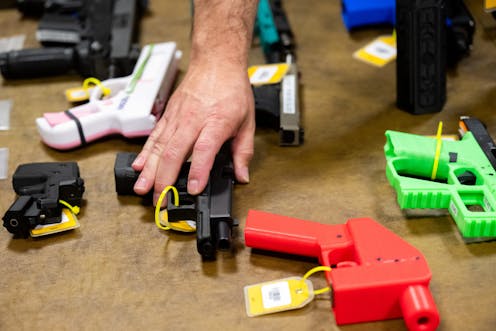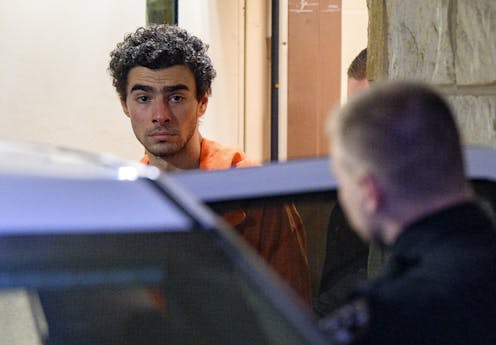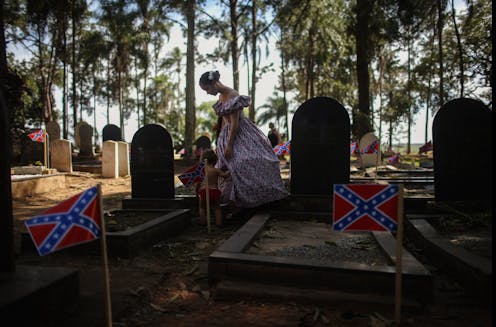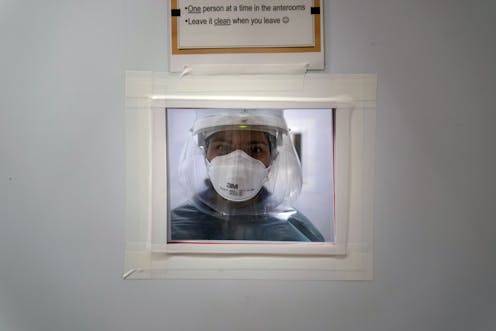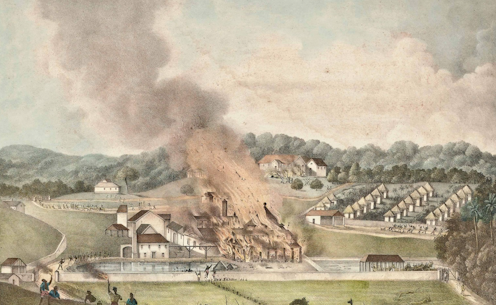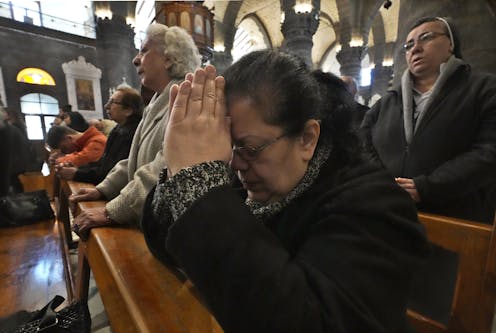Sexual harassment is all too common in hospitality and tourism. One Australian survey found almost half of the respondents had been sexually harassed, compared to about one in three in workplaces more generally.
Hospitality and tourism are marked by intense and close interpersonal interactions and dismissive treatment by some customers, including verbal and physical aggression, bullying and sexual suggestions.
Workers who are young, female, low-paid and casual are especially vulnerable.
The scandals at the Merivale Hospitality Group and Sydney’s Swillhouse restaurant are only the most recent.
The widely held view that “the customer is always right” gives customers power. The power imbalance is magnified where tipping makes up a substantial part of workers’ earnings.
What newspapers report
To examine how sexual harassment is reported, we identified about 2,000 newspaper articles across a number of countries published between 2017 and 2022 dealing with the treatment of hotel room attendants, airline cabin crew and massage therapists. We zeroed in on 273 for closer analysis.
This was a period in which the public awareness of sexual harassment climbed with the rise of the #MeToo movement and media coverage probably peaked.
Media coverage matters because of its effect on public opinion.
Computer-assisted thematic analysis showed four different types of coverage, some overlapping, relating to legal matters, celebrities, power dynamics, and calls to action.

Nirmi et al, Media discourse analysis of sexual harassment in the airline, hotel and spa sectors, 2024
The language used varied according to the countries in which the newspapers were located.
In the United States and the United Kingdom, the accused were often described by their social or economic status, with cases involving famous people getting a lot of attention. In Asia and Africa, the reports focused on basic details such as the offender’s age and where they lived.
Women infantilised
But universally we found the terms used to describe victims were highly gendered and dated in ways that suggested subservience and undermined their professional skills. Cabin crew were called “air hostesses”. Room attendants were called “maids”.
Framing these professionals as modern-day servants has the potential to foster and perpetuate an expectation that sexual harassment is to be expected.
Reports involving celebrity harassers highlighted victims’ narratives with emotionally charged quotes using words such as “awful” and “terrible”. These words were perhaps intended to evoke empathy for the victims but also serve to further victimise them.
Female aggression under-reported
In all cases, women were heavily featured as victims but never as aggressors. It is a gender bias that does not match the established statistics, which show that almost one-quarter of aggressors are women.
This misrepresentation creates a skewed understanding of who commits and suffers from sexual harassment. It has the potential to discourage victims of harassment by women from coming forward.
It’s important for the tourism industry to foster secure and dignified working conditions. But it is also important that the media reflect the actual behaviour of aggressors and victims.
Done better, reporting could help
The media could play a crucial role in bringing about better policies and practices in these industries by emphasising the severe consequences of ignoring the problem and the benefits of taking proactive steps.
More respectful and accurate reporting might be able to help drive lasting change, making a positive difference in the lives of the skilled workers on whom so many of us depend.
Authors: The ConversationRead more



